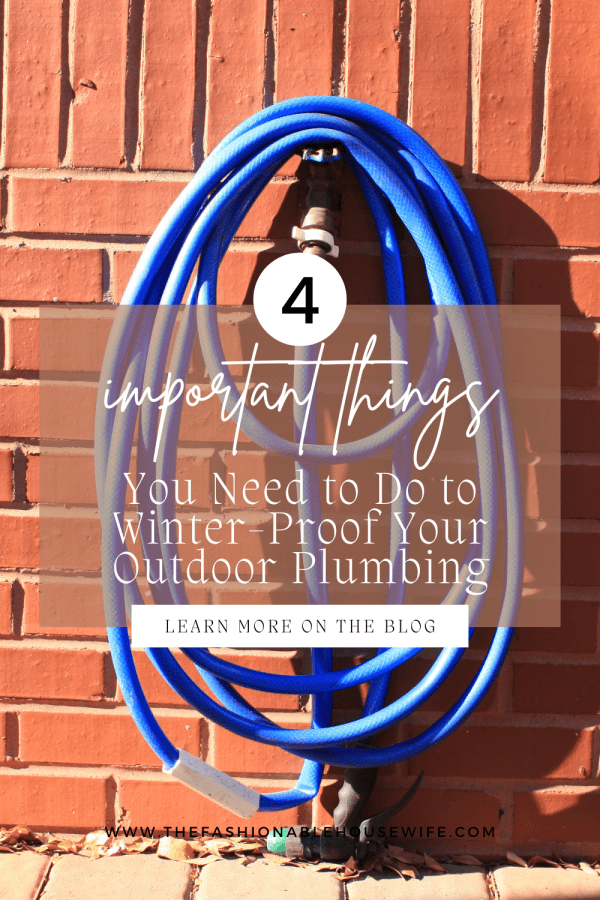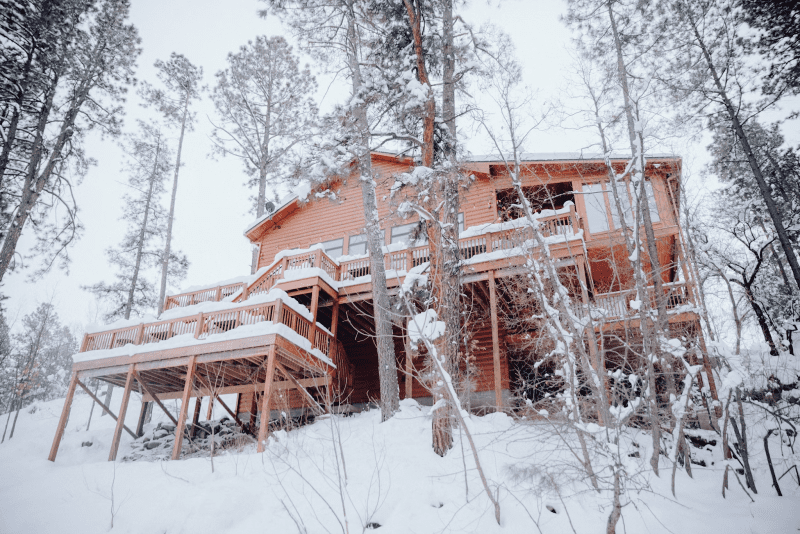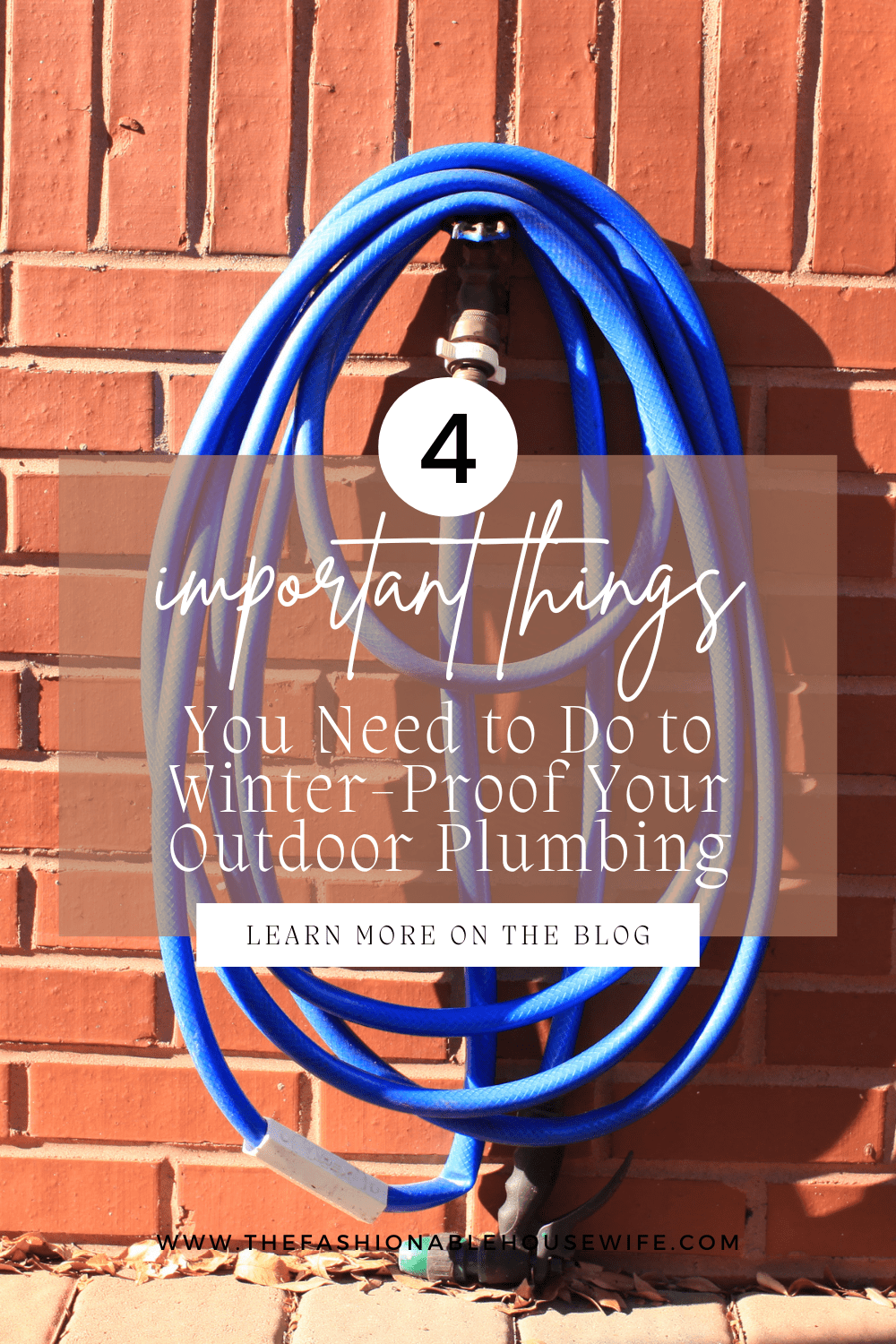What You Need to Do to Winter-Proof Your Outdoor Plumbing

Since the leaves start turning and that familiar chill sneaks into the air, it’s time to think about some home maintenance, especially some winter prep. While you’re busy digging out the cozy blankets, drinking tea or apple cider (and indulging in everything pumpkin spice), don’t forget about your outdoor plumbing! Actually, it’s something that most homeowners completely forget about. But why is this so important?
Well, the last thing you want is to deal with calling a plumber for a plumbing-related emergency, right? Well, that’s exactly why! Your outdoor plumbing is just as important as your indoor plumbing, and once it gets cold, there are more issues that are at risk of happening. Again, these are out in the elements, so the chance for damage is significantly higher. So, with that all said, here’s what you should tackle before the cold weather sets in to avoid a frozen (and pricey) mess.
Disconnect and Drain Your Garden Hose
While sure, you might be tempted to leave it connected for those last-minute watering sessions, but here’s the thing: as soon as the temperature starts to dip, it’s time to pull the plug—literally. Leaving your hose attached can trap water in the pipe and the hose itself. And when that water freezes, it expands. The result? Burst pipes or a damaged faucet. Not exactly how you want to kick off the winter season, right?
Shut Off and Drain Outdoor Faucets
Now that the hose is taken care of, it’s time to move on to the outdoor faucets. If you’ve got a shut-off valve for your outdoor taps, now’s the time to use it. So, in order to find the valve (usually lurking in the basement or crawl space), turn off the water supply to the outdoor faucets. Then, open up the faucet to let any leftover water drain out. This makes sure there’s no water hanging around in the pipes that could freeze and cause damage.

Winterize Your Garden Fountains and Birdbaths
Garden fountains, water features, and birdbaths are lovely to look at, but they need some TLC before winter hits. If you leave water in them, it can freeze, and then you’re looking at cracks and damage—not so lovely anymore. This is especially apparent if there are pipes and tubes connected to these. So, how do you even winterize a fountain? Well, before the first frost, drain all the water out. If your fountain has a pump, take it out, give it a quick clean, and store it indoors for the winter.
So, dependng on the material, you might want to cover it up as well. But what about birdbaths? Well, all you need to do is to just flip them over so water can’t collect, or cover them with something waterproof.
Blow Out Your Irrigation System
Got an irrigation system for your lawn or garden? You’ll definitely want to winterize this before the cold sets in. But why? Well, water left in the pipes can freeze and expand, causing cracks and leaks that can be a pain to fix.
Now, most irrigation systems have a drain valve to release the water, but to be super safe; you might want to use an air compressor to blow out any remaining water from the lines. But make sure to look at the specific type that you have and see what is needed.

